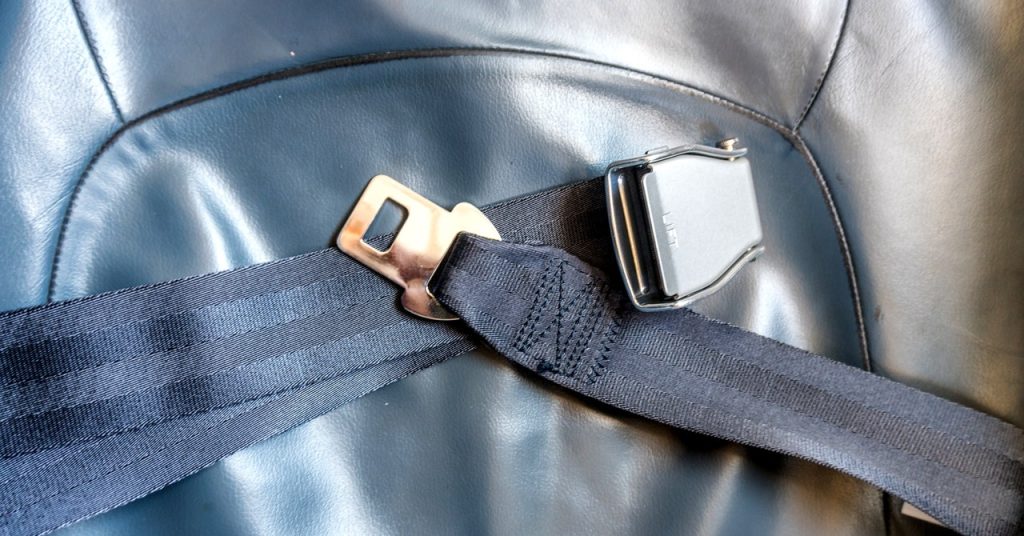The Safest Spot on a Plane: Debunking Myths and Revealing Truths
With recent incidents involving Boeing planes experiencing mid-flight mishaps, many passengers are questioning which seats on an aircraft are the safest and which are the most perilous. Despite the heightened concern, it’s crucial to remember that air travel remains one of the safest modes of transportation. However, in the unlikely event of an emergency, sitting in the right spot could potentially make a difference.
The Back of the Plane: A Popular Belief
Conventional wisdom has long suggested that the rear of an aircraft is the safest place to sit. Analyses of crash data spanning 35 years, as reported by Popular Mechanics and Time magazine, found that statistically, fewer passengers seated in the back perished in plane crashes. However, these findings are based on incomplete data, as victims’ seat positions are not always included in crash reports.
Daniel Kwasi Adjekum, an aviation safety researcher at the University of North Dakota, acknowledges the validity of these findings based on the fundamental physics that planes adhere to. The front section, often the most desirable due to its comfort and proximity to the exit, is also the most vulnerable to the impact of a nosedive.
“The front section, obviously, is comfortable because it’s away from the engine and the noise. But, that’s normally the first point of impact. And so it’s a high vulnerability area.”
In a catastrophic crash, the rear section is more likely to break off and remain intact, while the front and middle portions connected to the engines absorb most of the kinetic energy.
The Middle Section: A Balanced Choice
The midsection of the plane offers several advantages during turbulent flights. The point where the wings meet at the center creates a more stable base, serving as the aircraft’s center of gravity and reducing the likelihood of bouncing during turbulence.
Adjekum explains that the oscillatory forces from turbulence are better managed in the midsection compared to the tail section. The plane functions like a seesaw, with passengers in the extended portion experiencing more movement.
However, the middle section is not without its drawbacks. In the event of a fire, passengers in this area are situated directly above the fuel cells. On the positive side, the middle section provides easier access to the emergency exits located in the center of the plane, increasing the chances of survival after a crash.
Aisle, Middle, or Window: Weighing the Pros and Cons
Once you’ve chosen your row, the next decision is which seat to select. Each option has its advantages and disadvantages. Sitting in the aisle brings you closer to the exits but also exposes you to potential hazards like falling luggage or debris. The window seat offers a situational advantage by allowing you to see what’s happening outside, but it also means waiting for other passengers in your row to exit first. The middle seat provides a buffer on either side but is often the least comfortable and least popular choice.
The Importance of Situational Awareness and Crew Training
For those with aviation anxiety, obsessing over the perfect seat choice may only exacerbate their worries. It’s important to remember that airplane accidents are extremely rare. According to data from the International Air Transport Association, there was only one accident resulting in fatalities among 37.7 million flights in 2023.
Adjekum emphasizes that your chances of surviving an in-flight emergency depend more on the training of the flight crew and your attentiveness to their instructions than on your seat location.
“Anytime you sit in an aircraft, the first thing to do is to have situational awareness. Listen to the instructions from the cabin crew, because they know their job and they are there to ensure that you are safe, no matter where you are seated.”
So, the next time you board a plane, focus on being aware of your surroundings and pay close attention to the safety announcements. Your diligence and the expertise of the flight crew are your best allies in ensuring a safe journey, regardless of where you sit.

3 Comments
So, turns out it’s the pilot’s seat, who knew?
Apparently, it’s all about the back row; turbulence prefers a front-row seat!
Next time you board, remember: the middle seats at the back might just be your unsung heroes in safety!